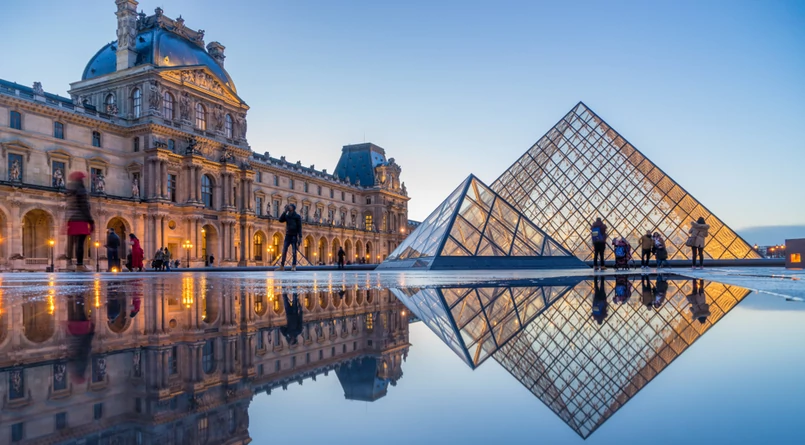
The Louvre is the largest museum in the world: The Louvre is over 60 square kilometers of rooms, galleries, corridors and basements filled to the brim with works of art. There are about 350,000 of them. It is located in Paris, on the Right Bank of the Seine in the first district of the city.
National Museum and Art Gallery of France, housed in part of a large palace in Paris that was built on the right-bank site of the 12th-century fortress of Philip Augustus. It is the world’s most-visited art museum, with a collection that spans work from ancient civilizations to the mid-19th century.
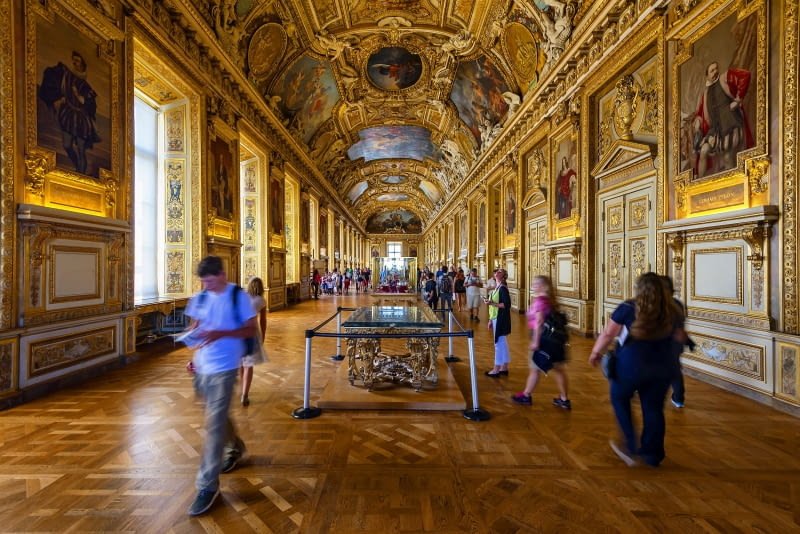
For art lovers: You could wander around the Louvre all day long. And that’s exactly what you should do if you’re serious about art. Split your visit into two separate days and plan in advance what you want to see. Whether it’s a deep dive into the Italian Renaissance or an exploration of Egyptian funerary art, the Louvre has you covered. Alternatively, spend a day making sure you see the highlights, and come back again to continue discovering lesser-known gems like those mentioned above. This way you will get a comprehensive overview of the art and artists in the Louvre.

For families with children: Parents with teenagers rejoice: museums are cool again. Jay-Z and Beyoncé shot an exclusive music video here, and fans of one of these pop culture icons will have the opportunity to retrace their steps in the museum. That’s why the Louvre has its own designated walking trail dedicated to the Carters. Spend 90 minutes admiring some of the works of art featured in the film, including The Intervention of the Sabine Women, Napoleon’s Coronation, and – of course – the Mona Lisa.
For the fast and ambitious: If you want to see as many of the top attractions as possible in the shortest amount of time, try the “Masterpieces of the Louvre” walking routes. There are two in total, one in the Denon wing and one in the Sully wing, each lasting approximately 90 minutes. The first one allows you to see the unique Mona Lisa, the Raft of Medusa, the Winged Victory of Samothrace and more. The second will take you through the medieval history of the Louvre, the Venus de Milo and other ancient artifacts and works of art.
The most famous paintings in the Louvre: Mona Lisa
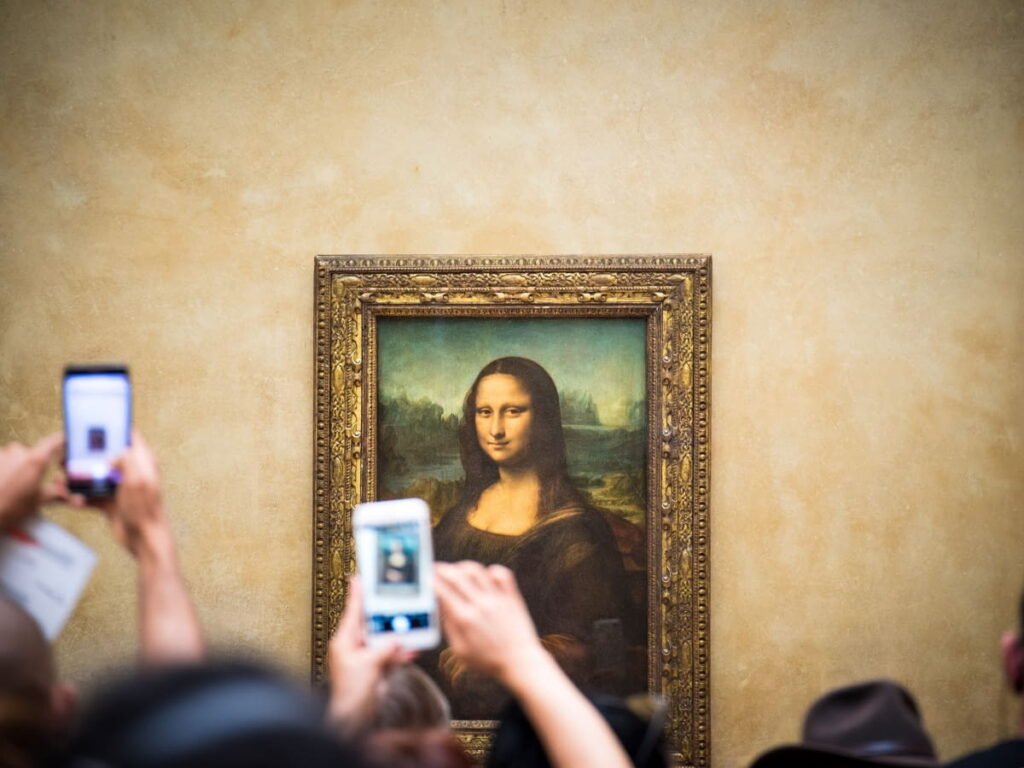
Mona Lisa is perhaps the most beautiful and beguiling painting in the world despite its seemingly simple nature. Leonardo Da Vinci painted it from 1503 to 1517. Mona Lisa is always a topic of discussion for experts.
The most famous paintings in the Louvre: The Coronation of Napoleon

The Coronation of Napoleon as Emperor of France in Notre Dame de Paris, 1804.
The most famous paintings in the Louvre: The Raft of the Medusa.

The Raft of the Medusa, painting (1819) by French Romantic artist Théodore Géricault depicting the survivors of a shipwreck adrift and starving on a raft.
The most famous paintings in the Louvre: Liberty leading the people.
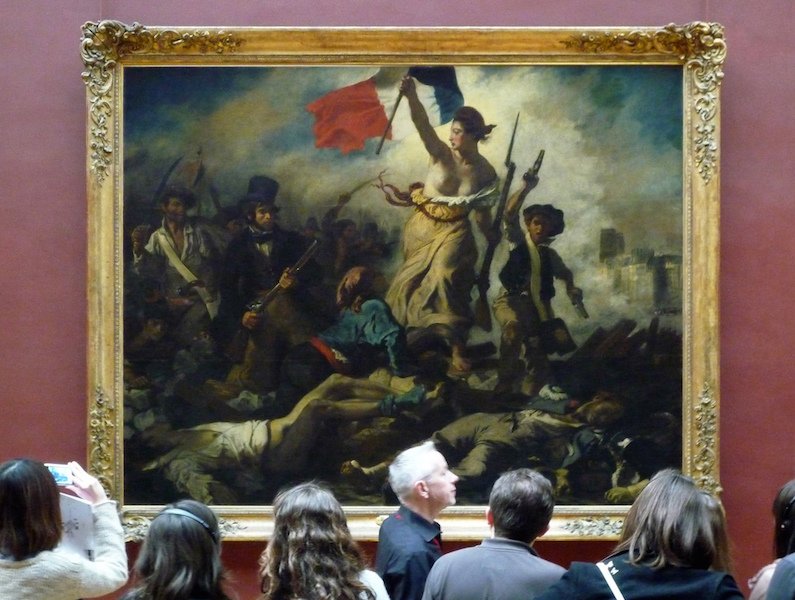
Liberty Leading the People – Eugène’a Delacroix. Painting is commemorating the July Revolution of 1830, which toppled King Charles X. A woman of the people with a Phrygian cap personifying the concept of Liberty leads a varied group of people forward over a barricade and the bodies of the fallen, holding aloft the flag of the French Revolution – the tricolour, which again became France’s national flag after these events – in one hand and brandishing a bayonetted musket with the other.
The most famous sculptures in the Louvre: Venus de Milo
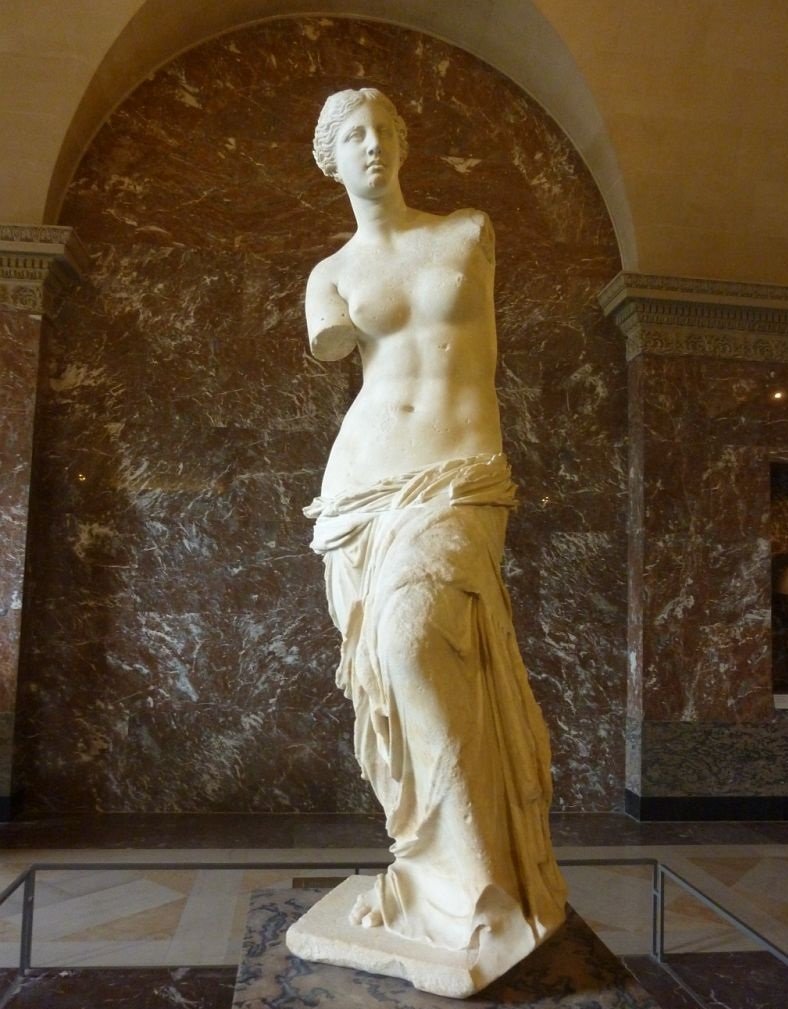
Venus de Milo (ca. 130–100 BC), also called Aphrodite of Melos. An ancient marble sculpture depicting the goddess of love and beauty. It is known all over the world and considered one of the greatest works of ancient Greek art.
The most popular sculptures in the Louvre: Nike of Samothrace.
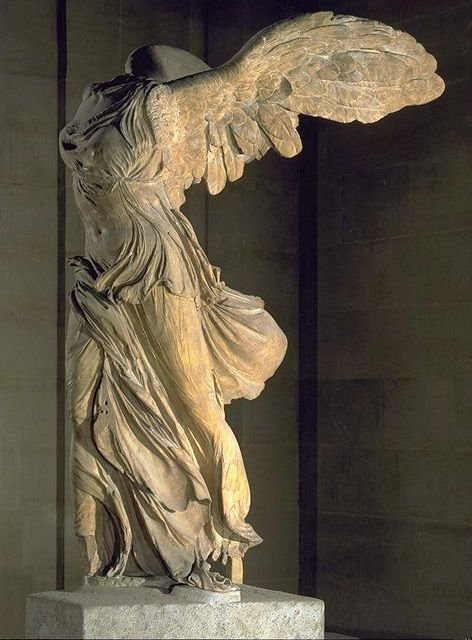
Nike of Samothrace – a marble Hellenistic sculpture from the 3rd or 2nd century BC. It is assumed that its creator was Pytokritos from Rhodes. It could have been a symbol and a vote of thanks for the victories won by the Rhodians in the war against Antiochus III.
The famous popular sculptures in the Louvre: The Code of Hammurabi

The Code of Hammurabi is a Babylonian legal text created between 1755 and 1750 B.C. This impressive basalt stele, full of symbols of lock and law, is unmissable for anyone trying to remember the past. King Hammurabi of Babylon is one of the most famous rulers in history, and the subject of ten charges of what he revealed was his divine right to rule – sharing the essence of the sun god Shamash.
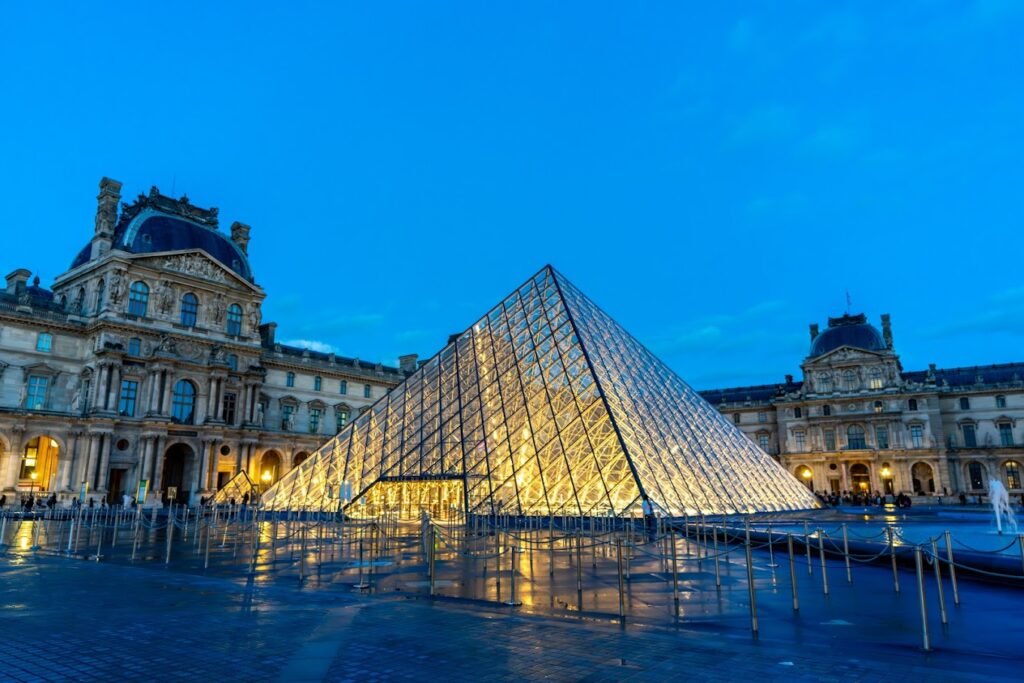
It is also worth paying attention to the Pyramid in the Louvre – IM Pei: It is made of 273 glass plates and covers the main hall of the museum. This building attracts visitors with its shape, three smaller pyramids on the sides and lighting. The pyramids, fountains and pools are clearly modern, but they also bear echoes of French garden architecture.
If you like places with a lot to explore, and you are interested in art or ancient times, the Louvre will be a real treasure trove of monuments for you. Even the building itself and the glass pyramid of the Louvre arouse the admiration of guests.
